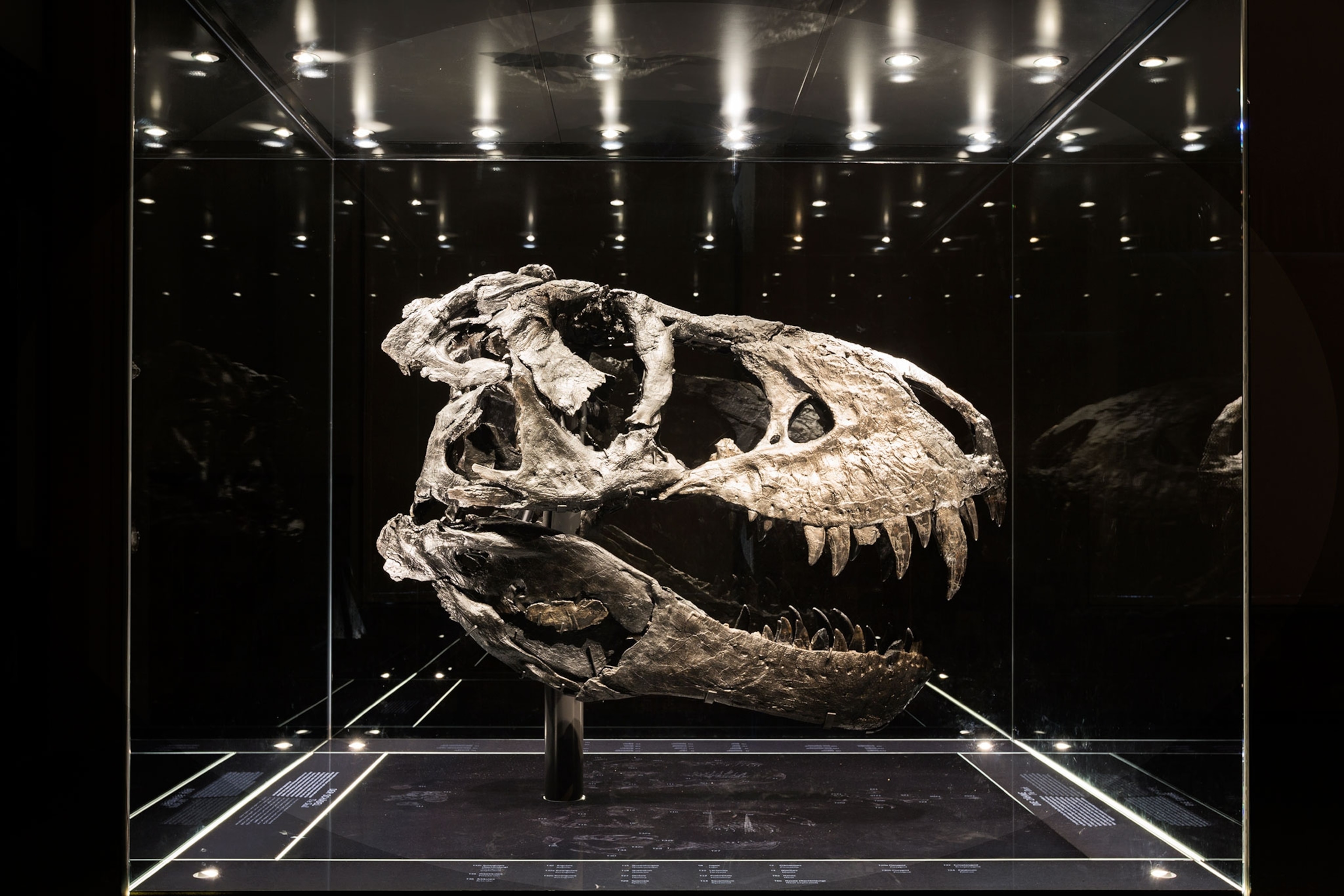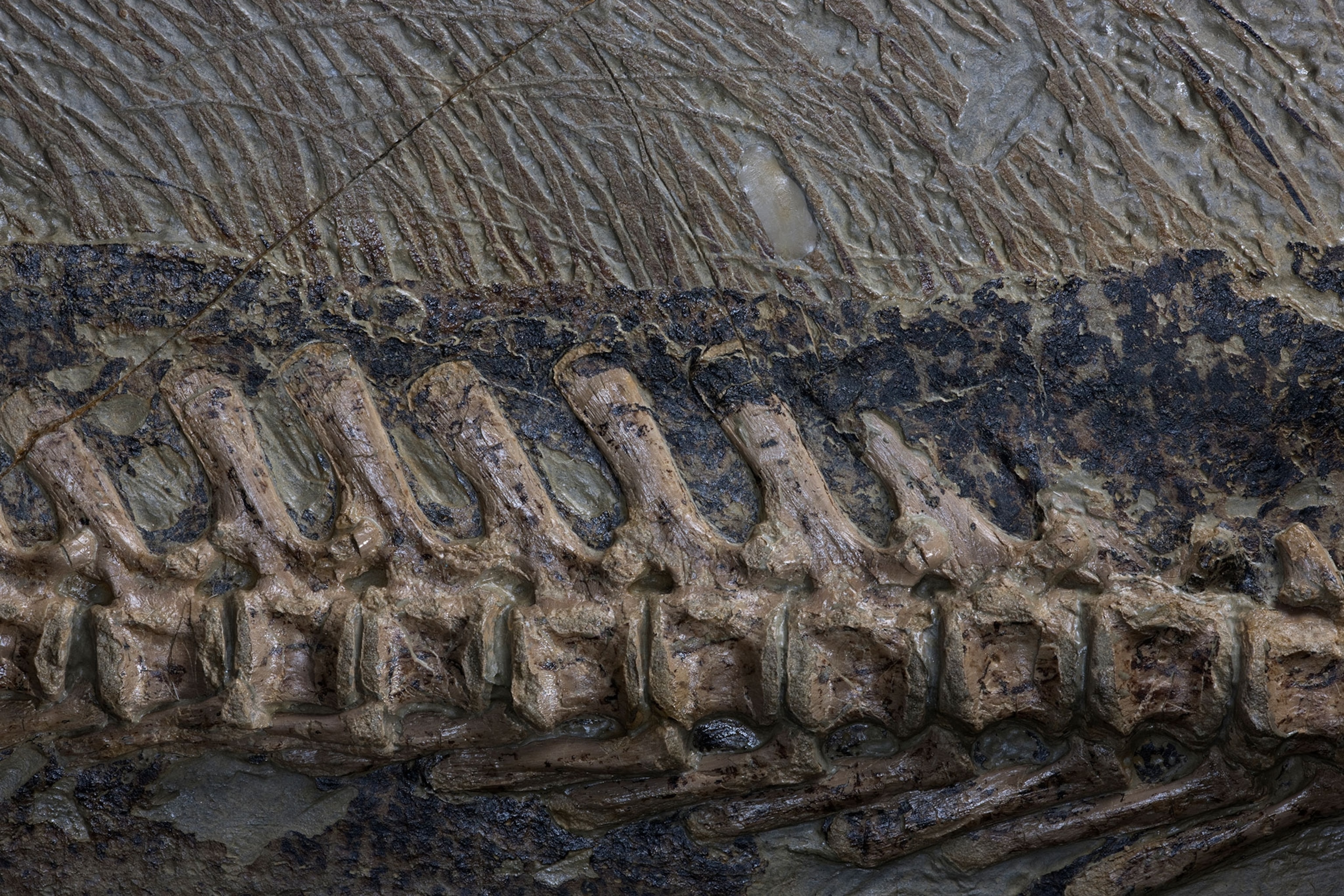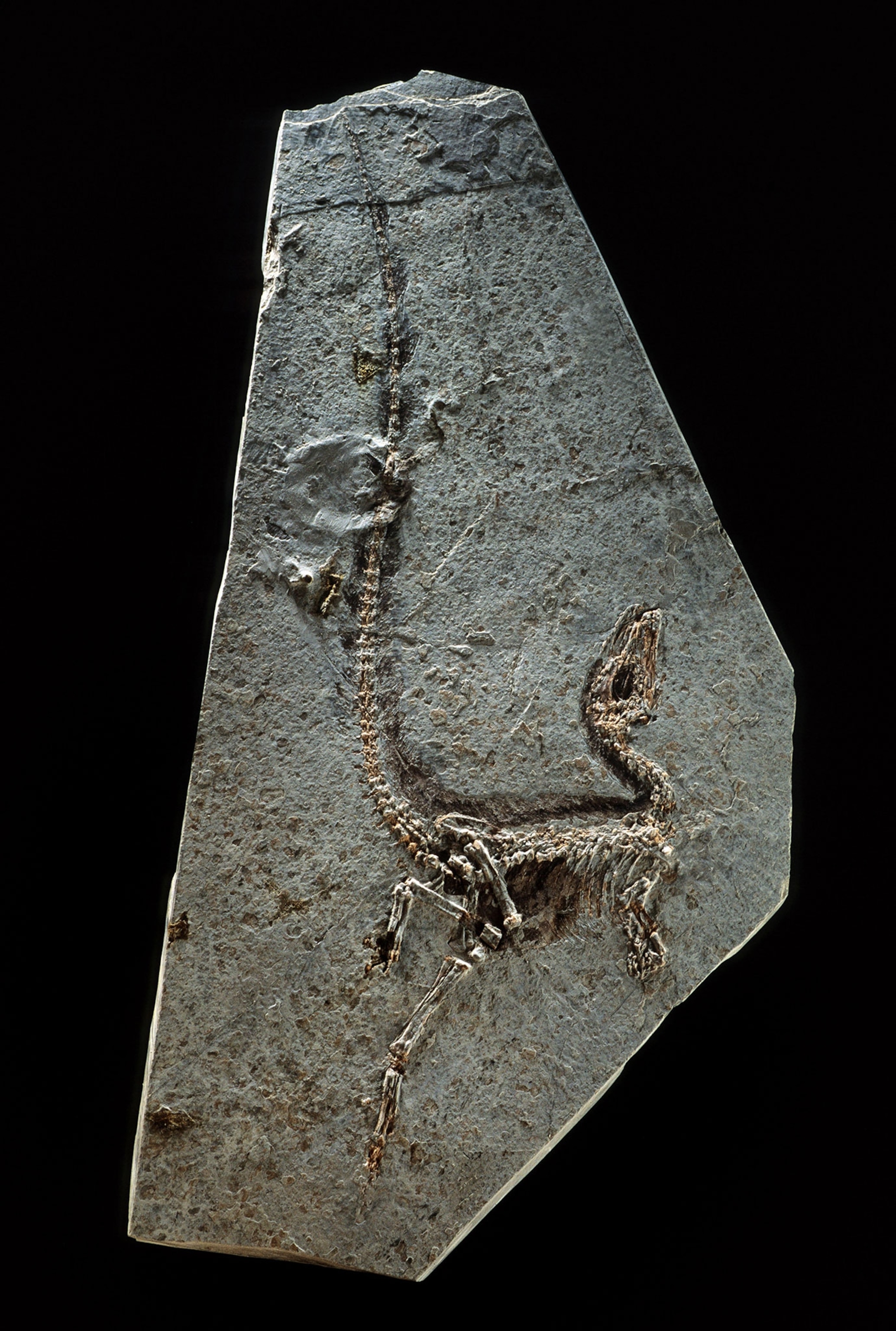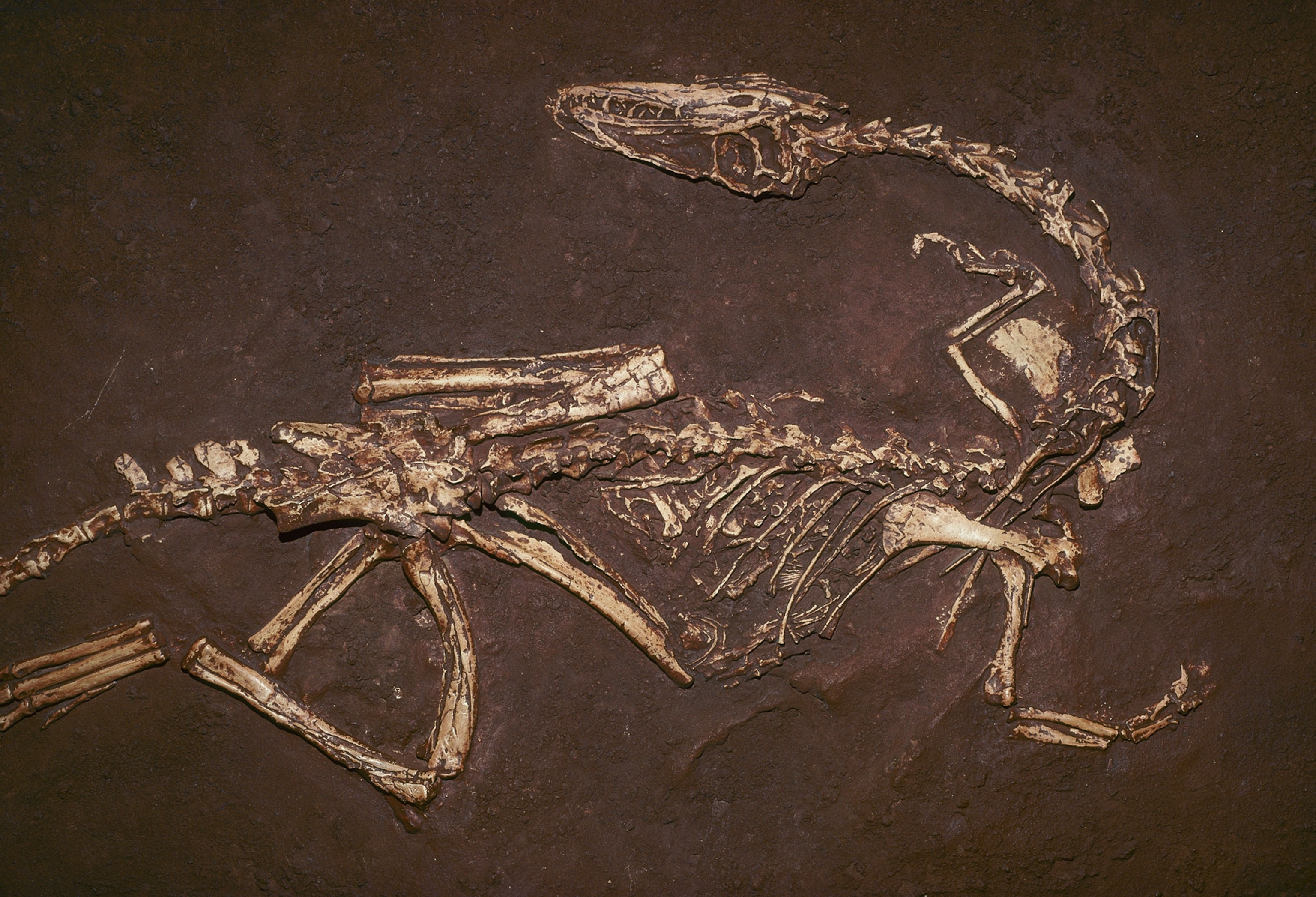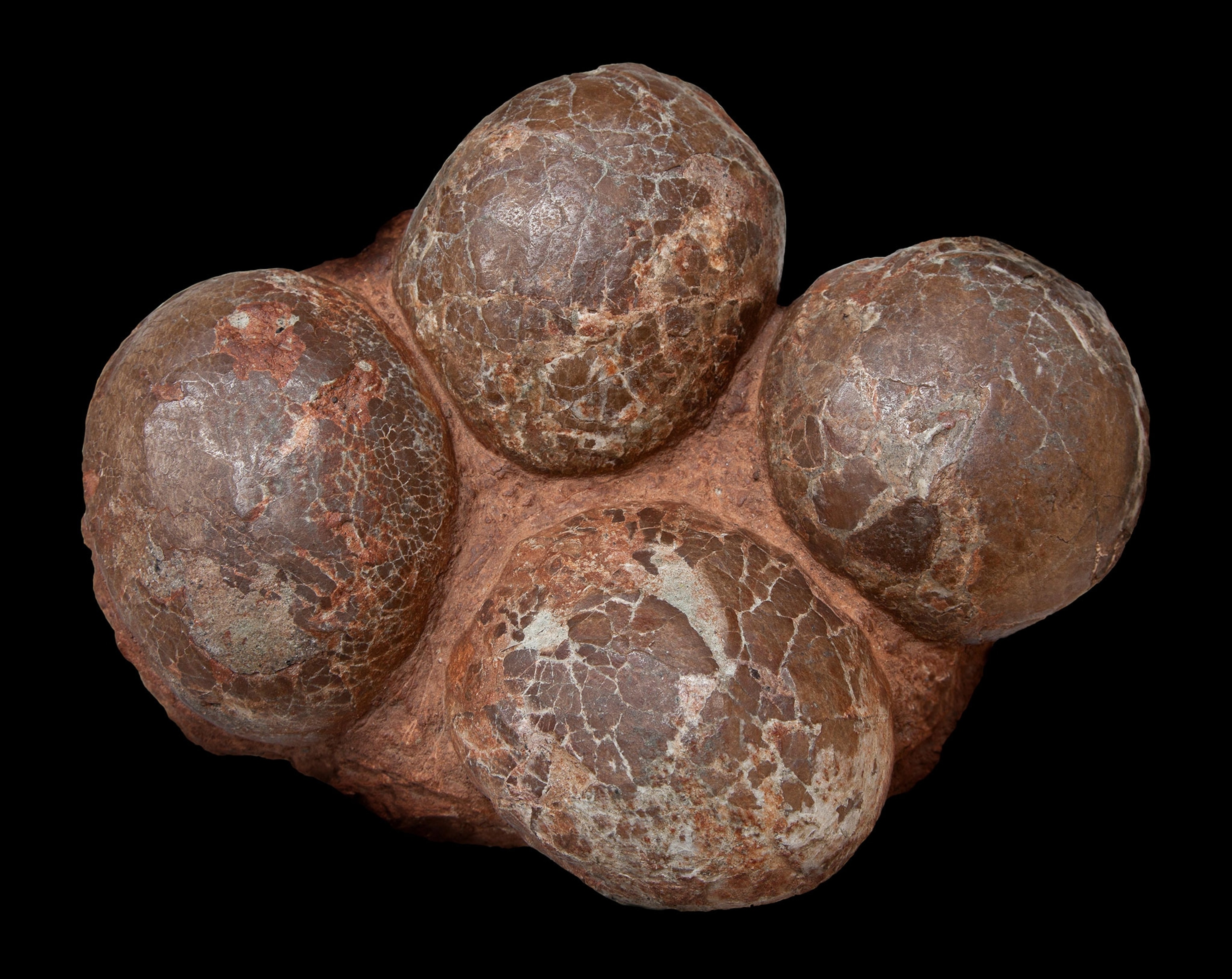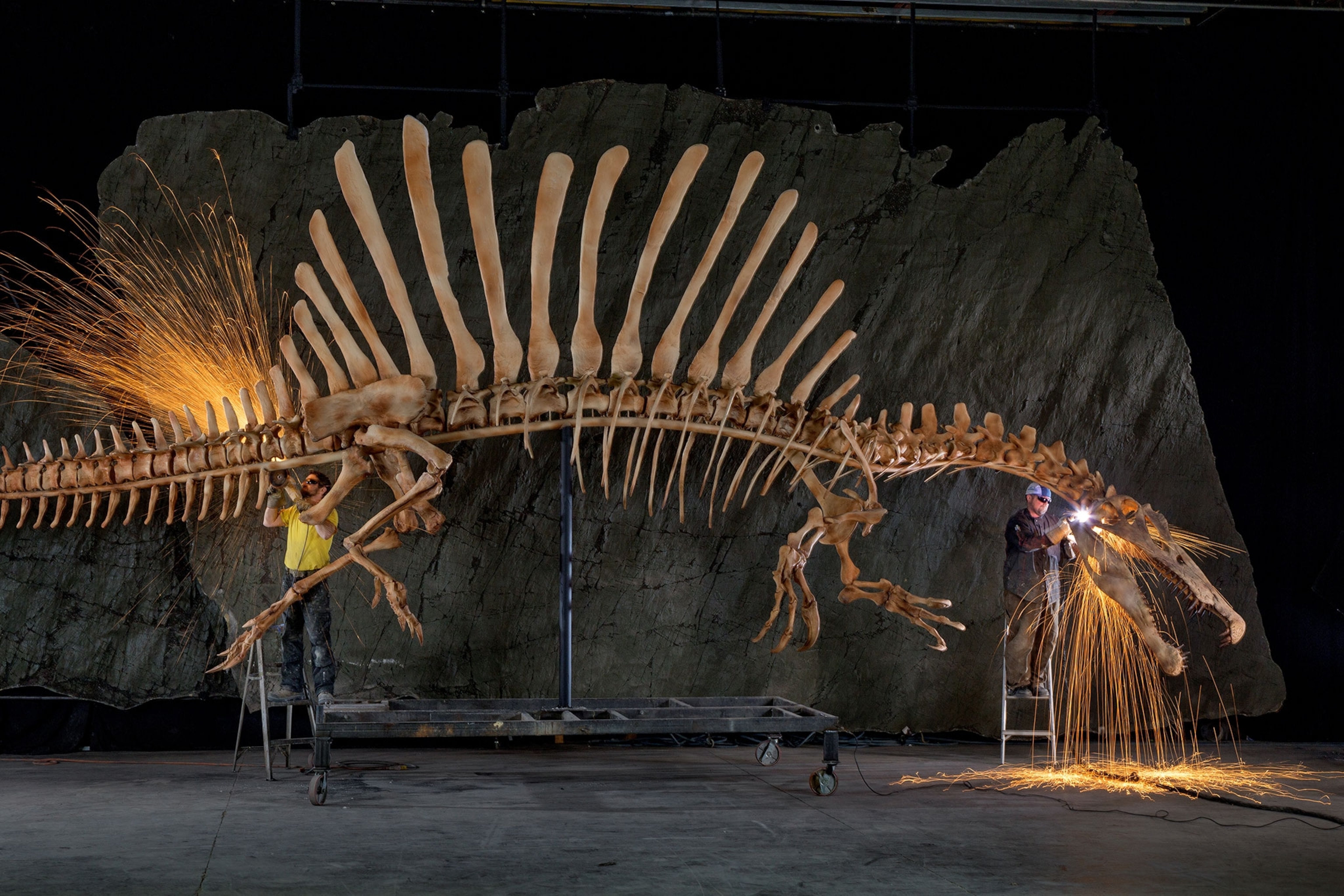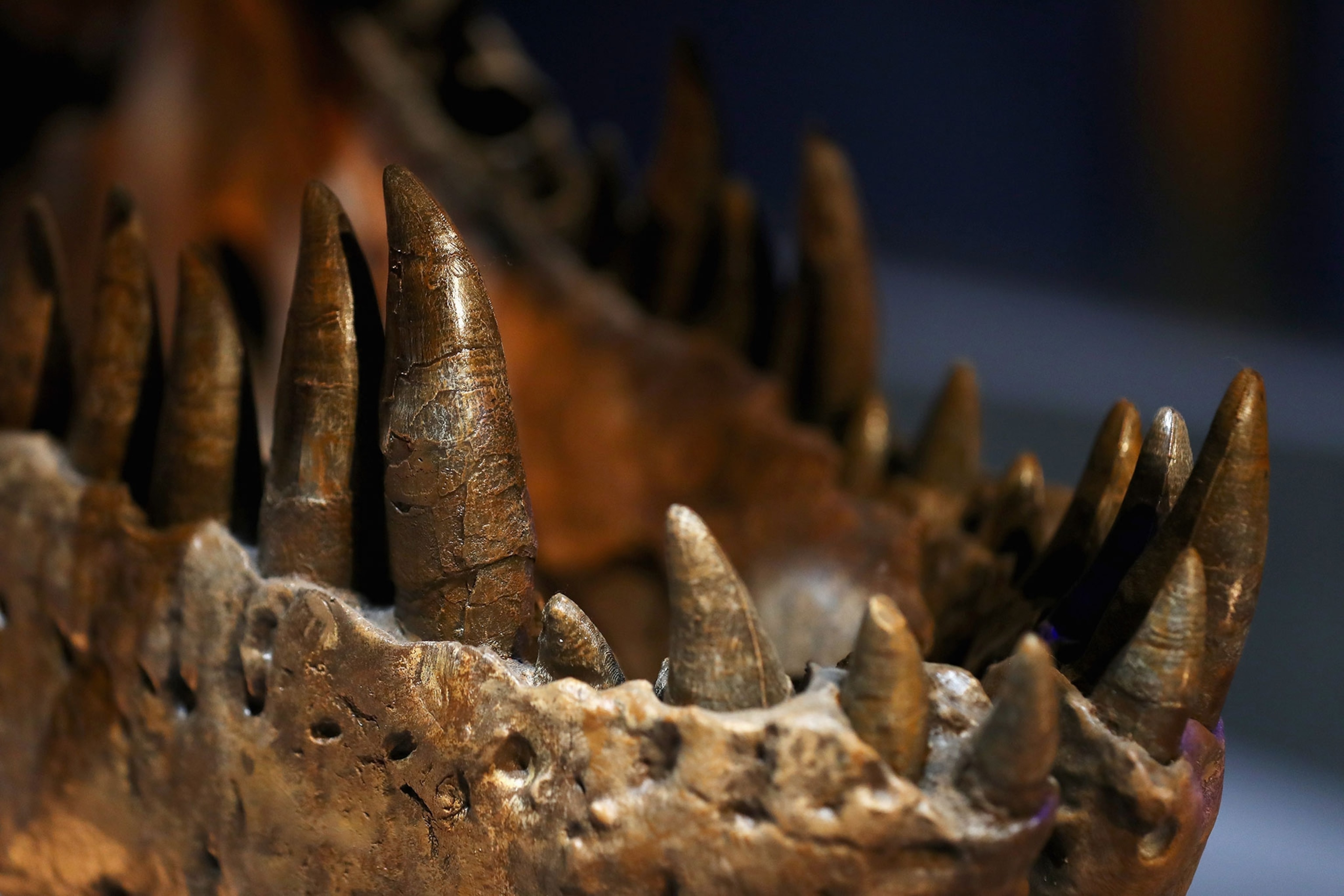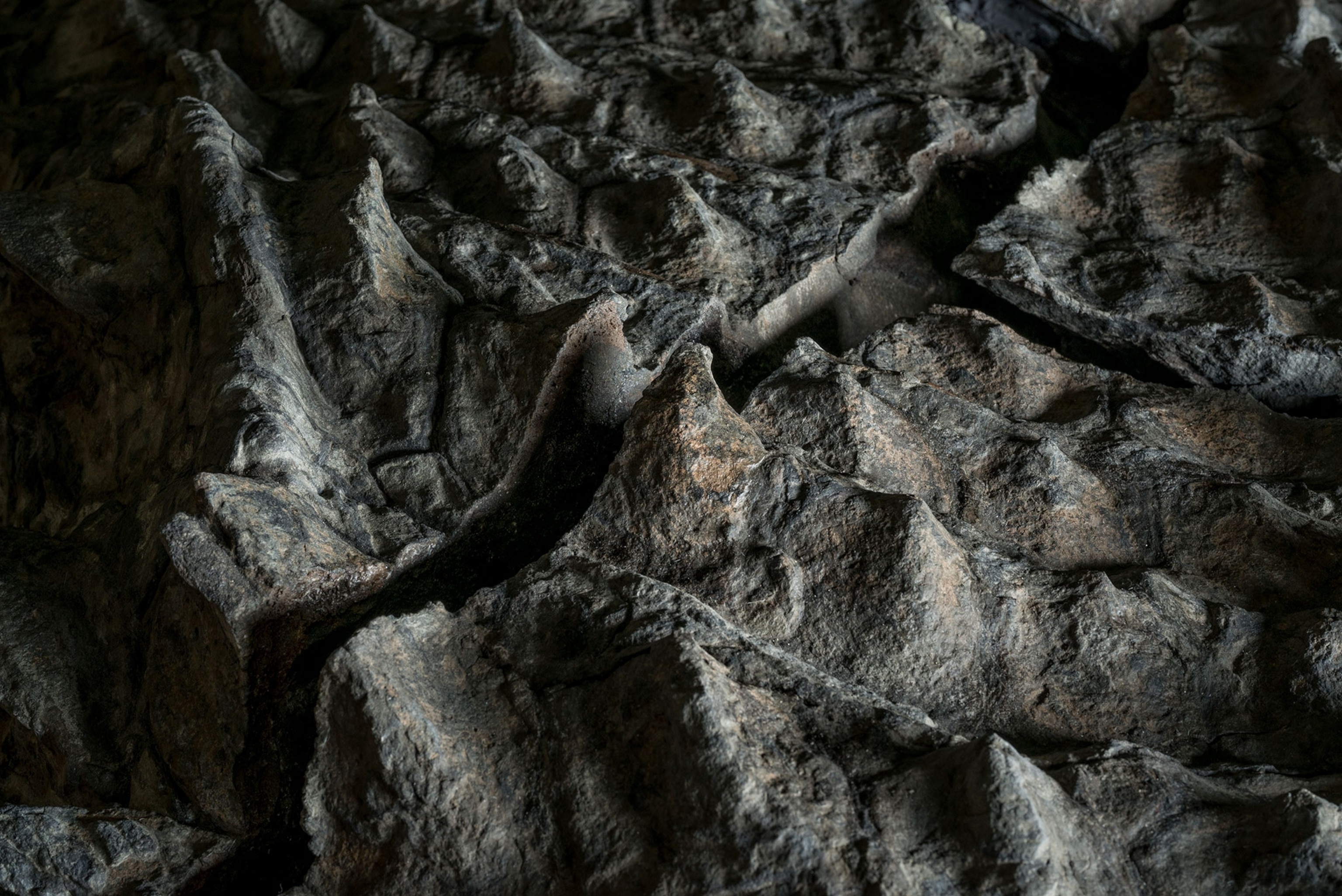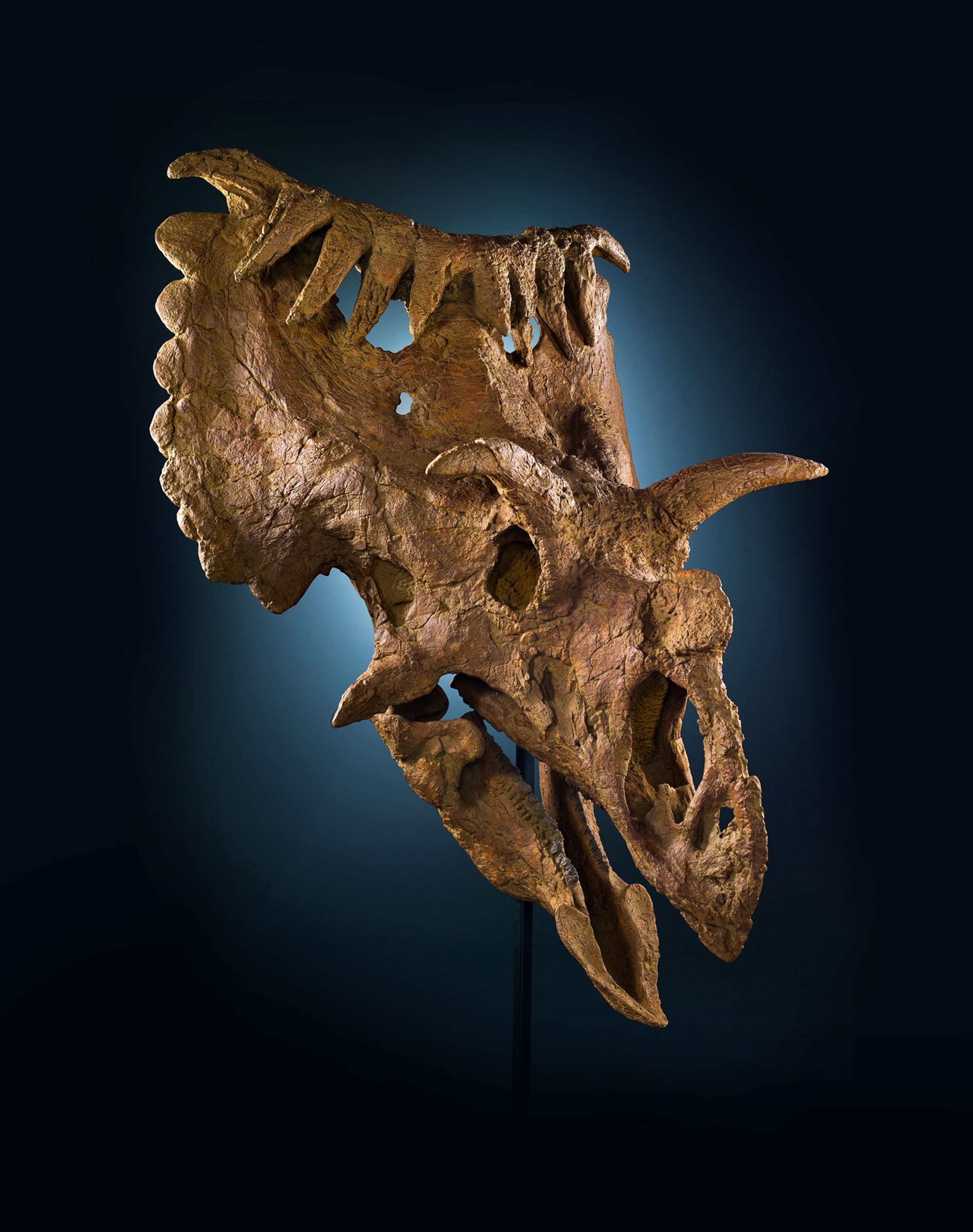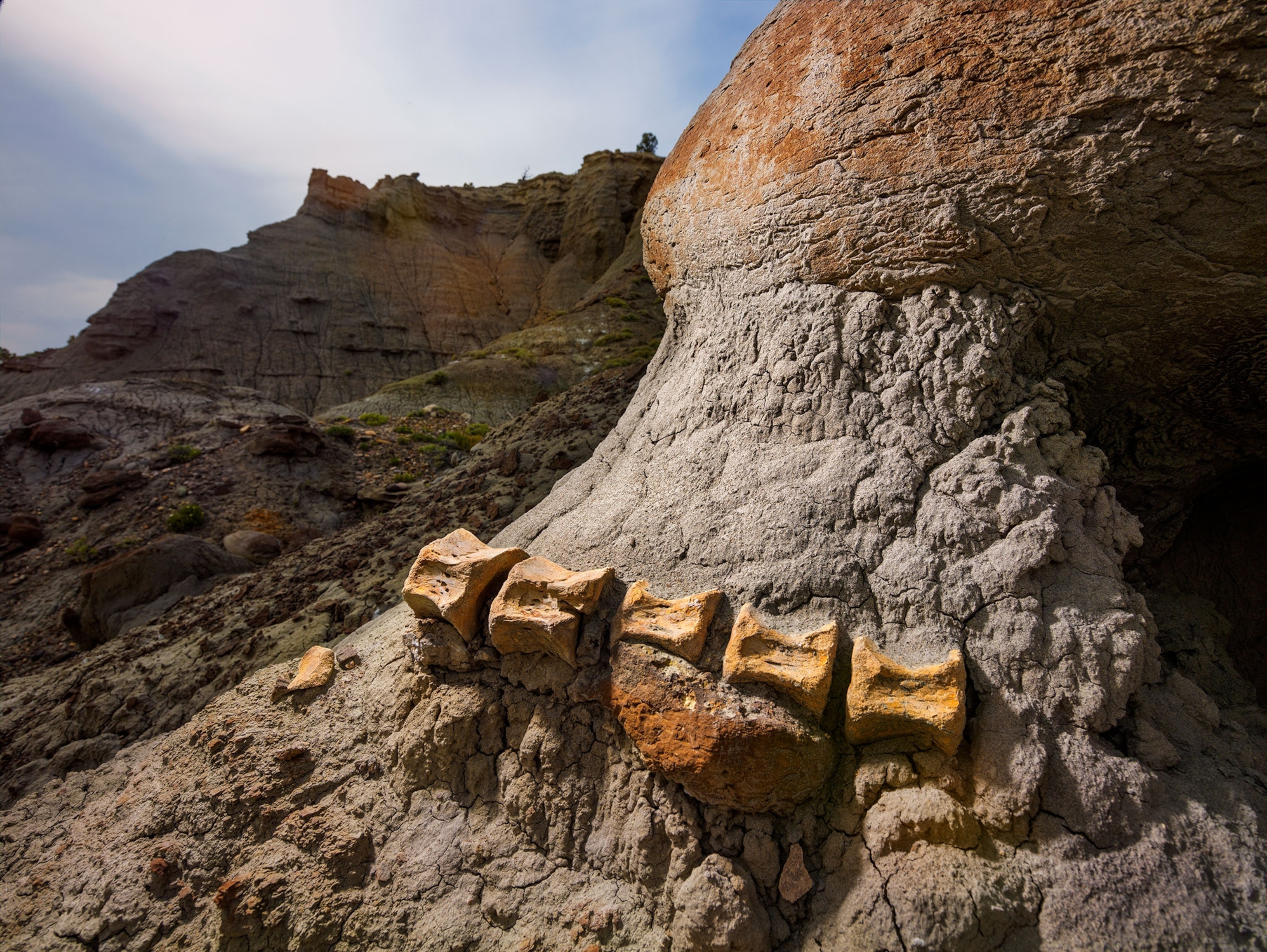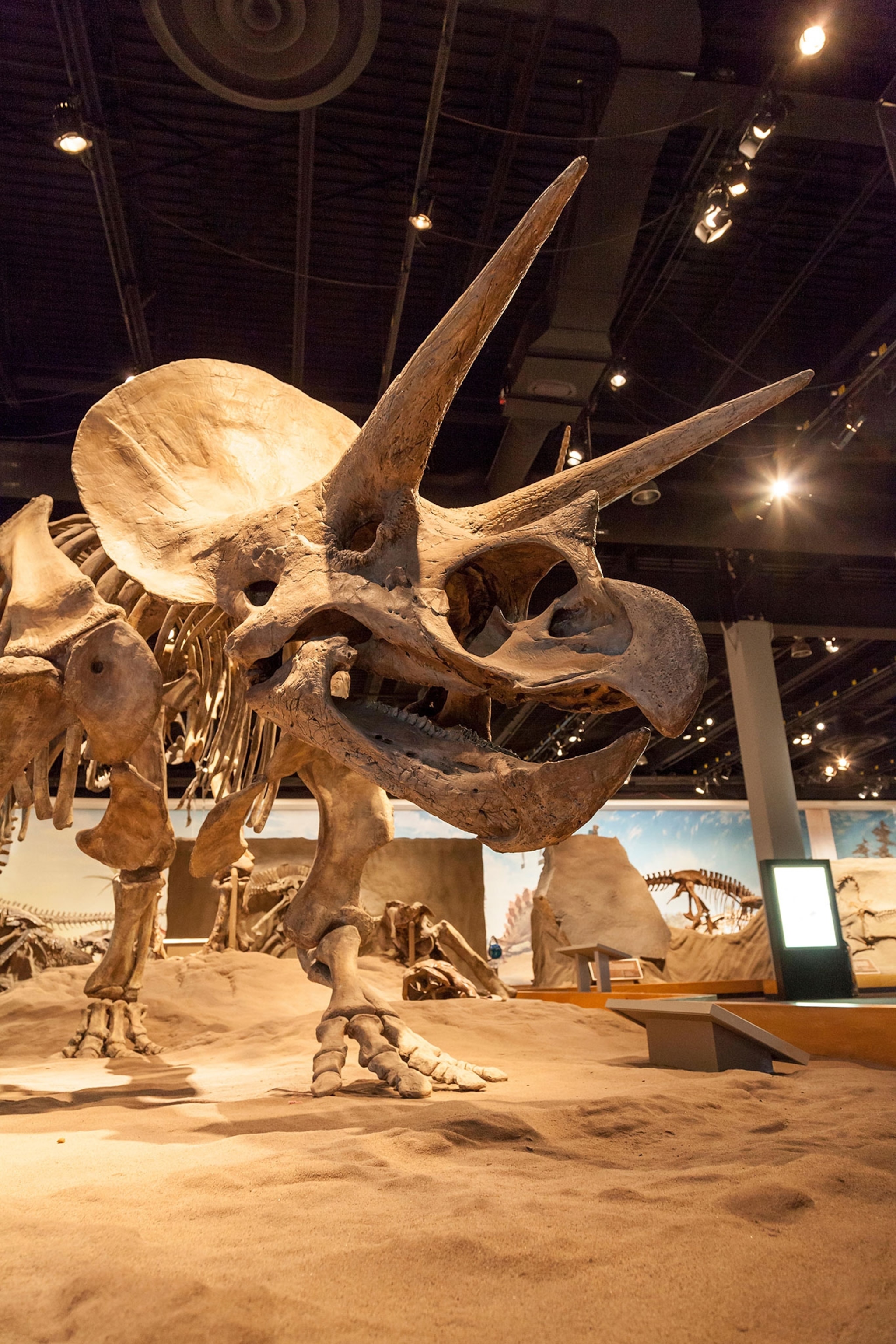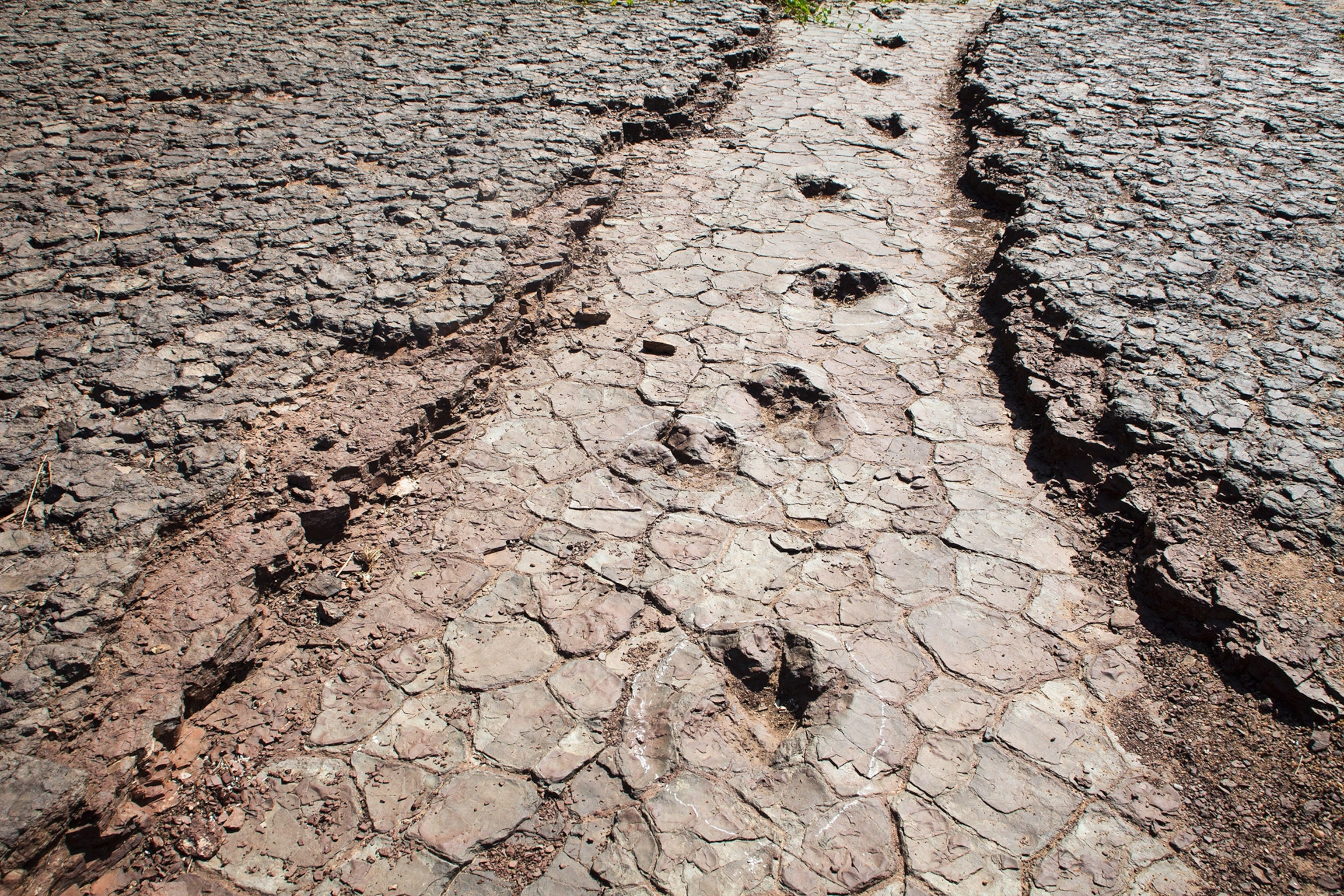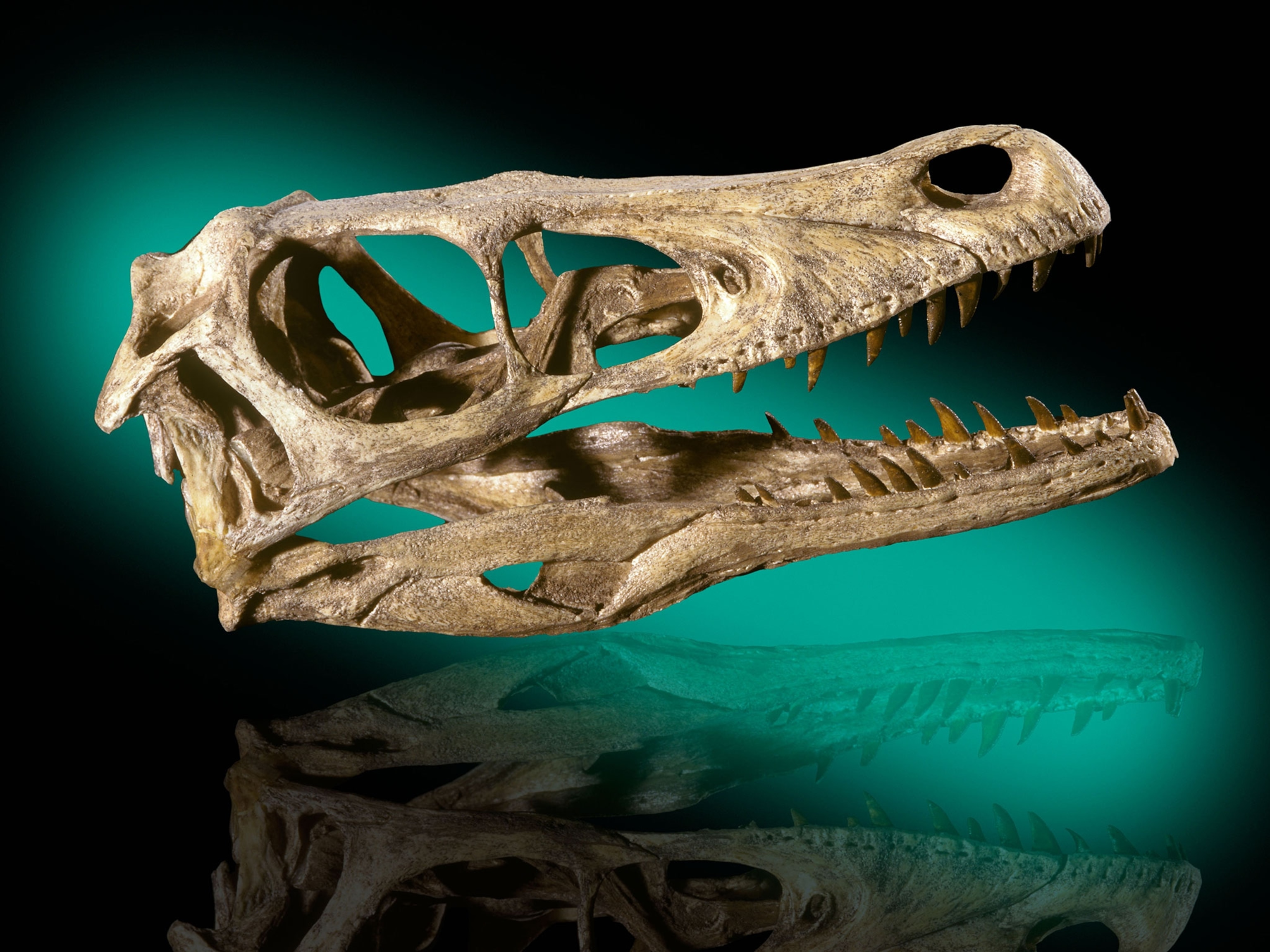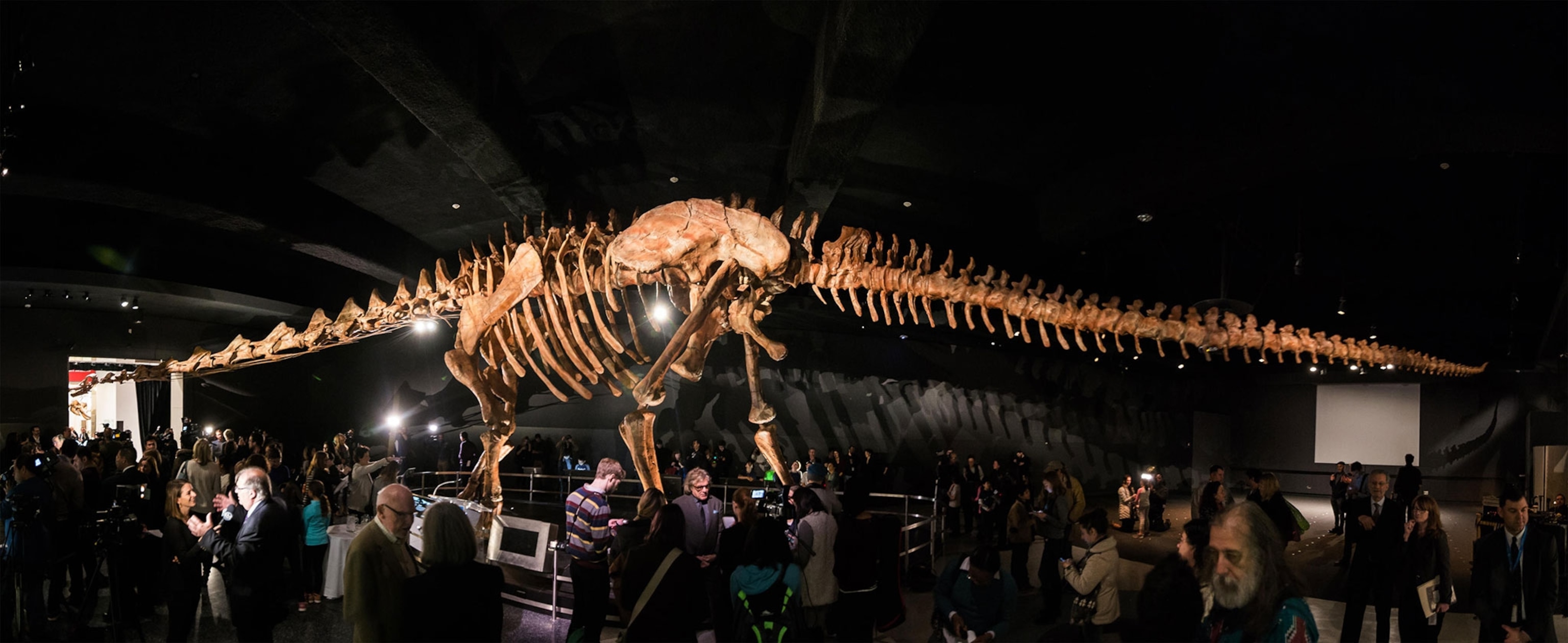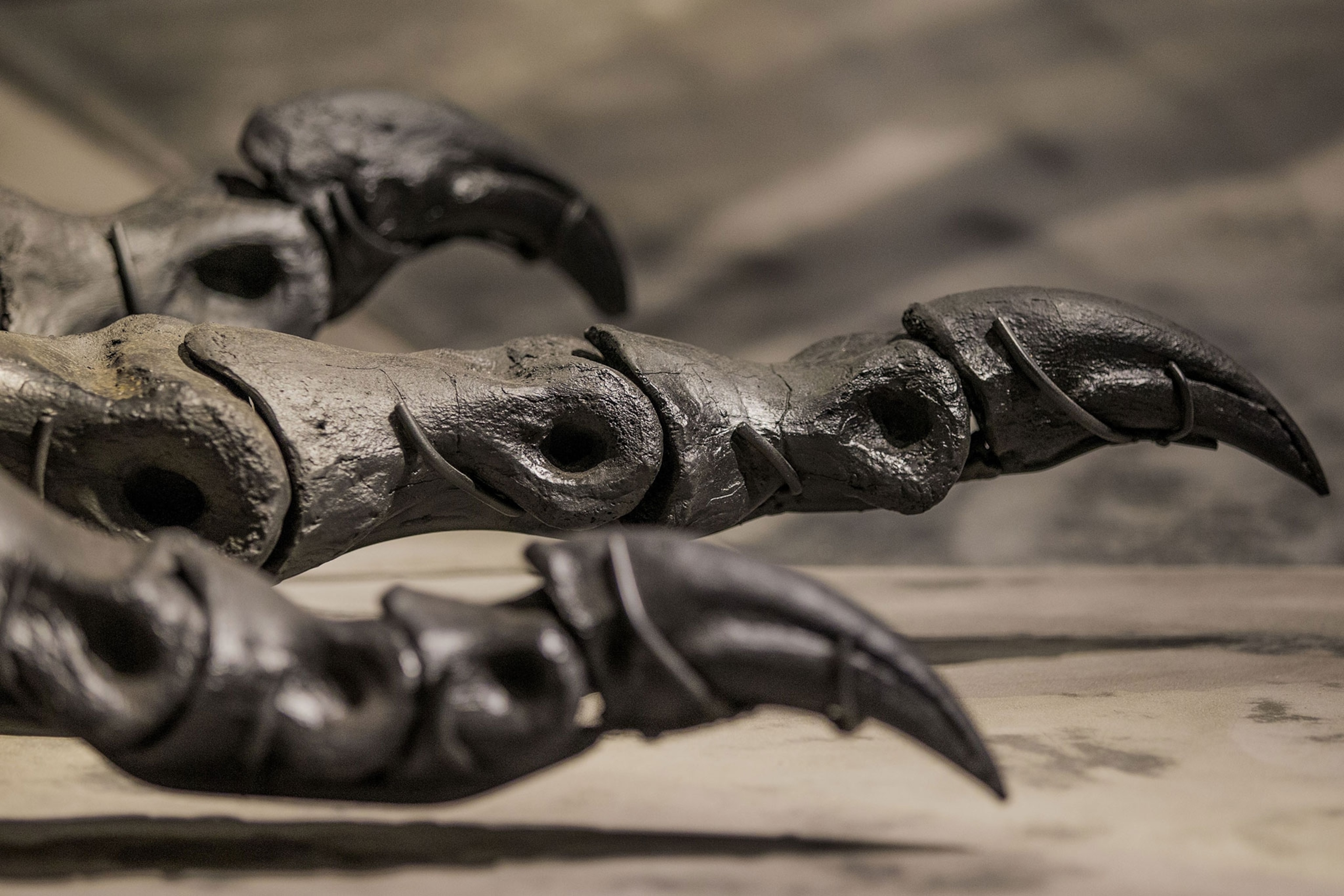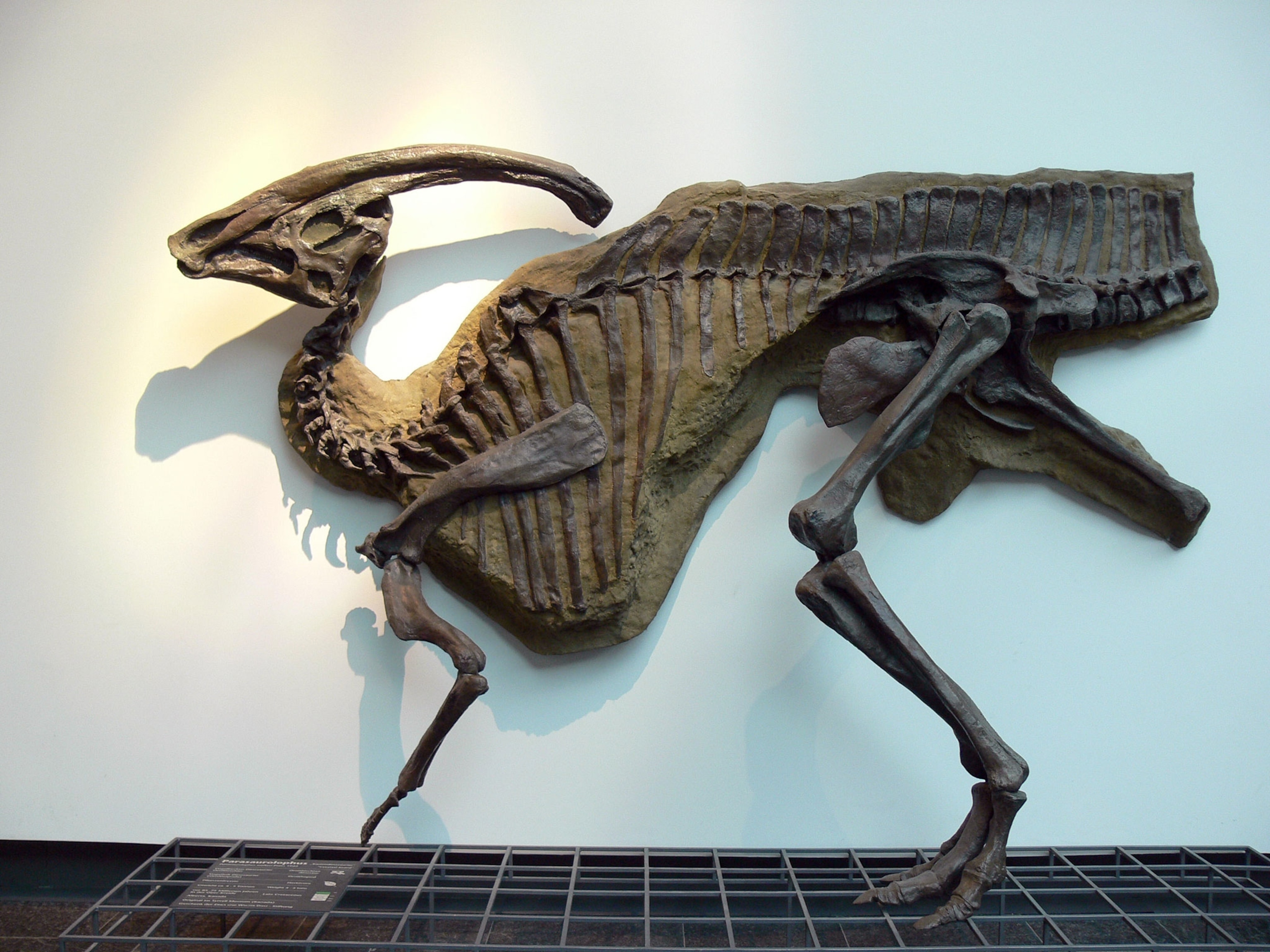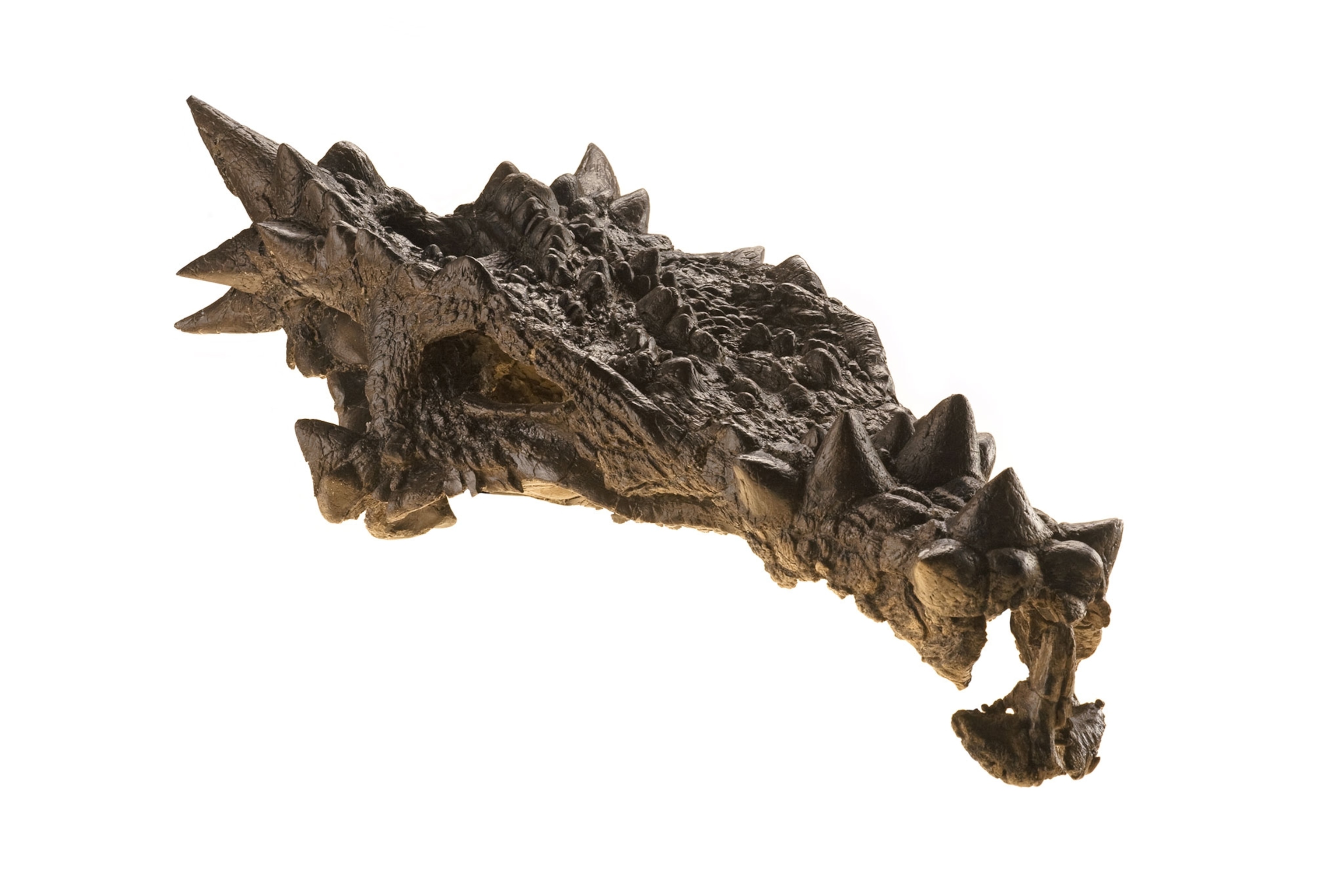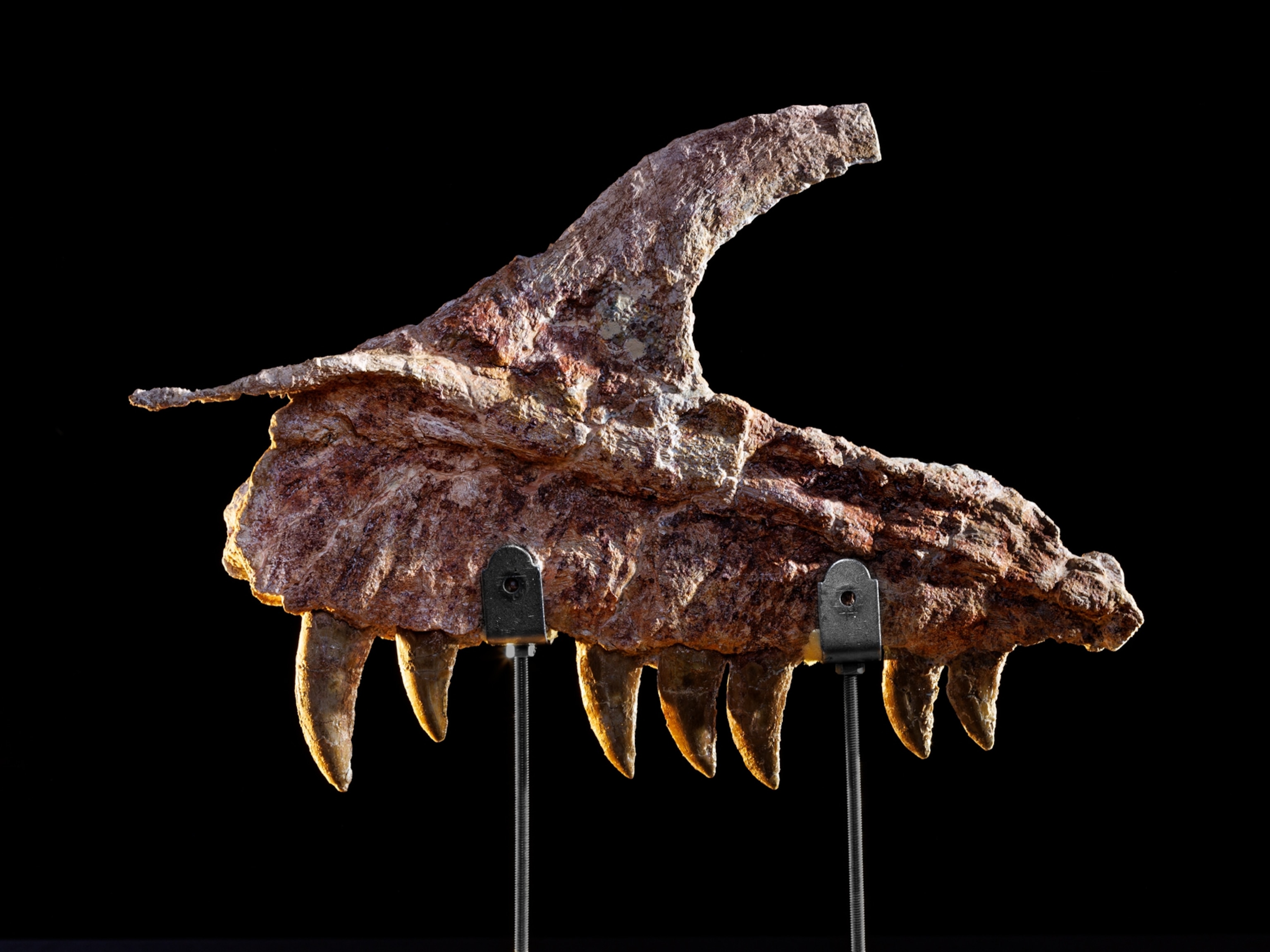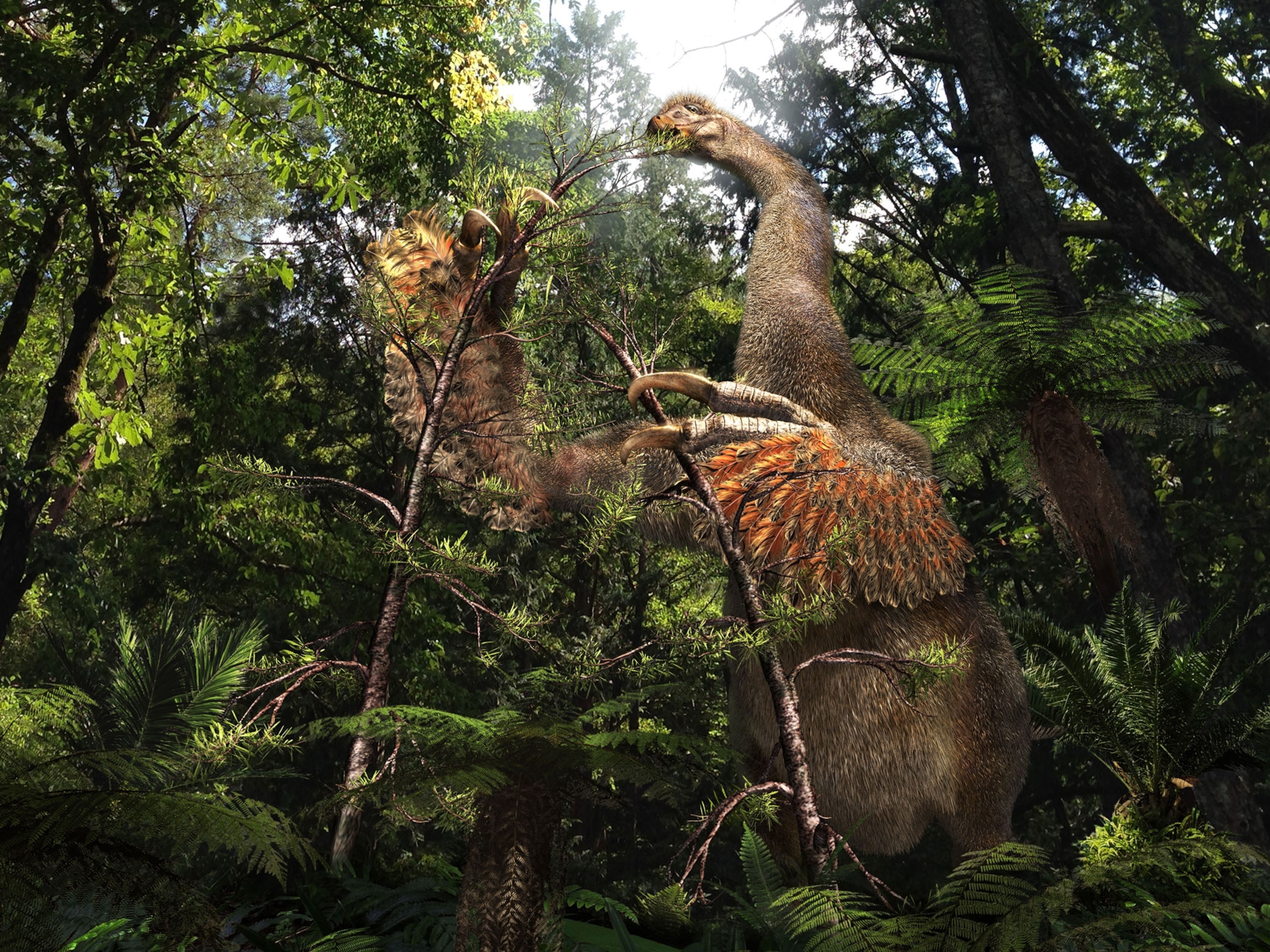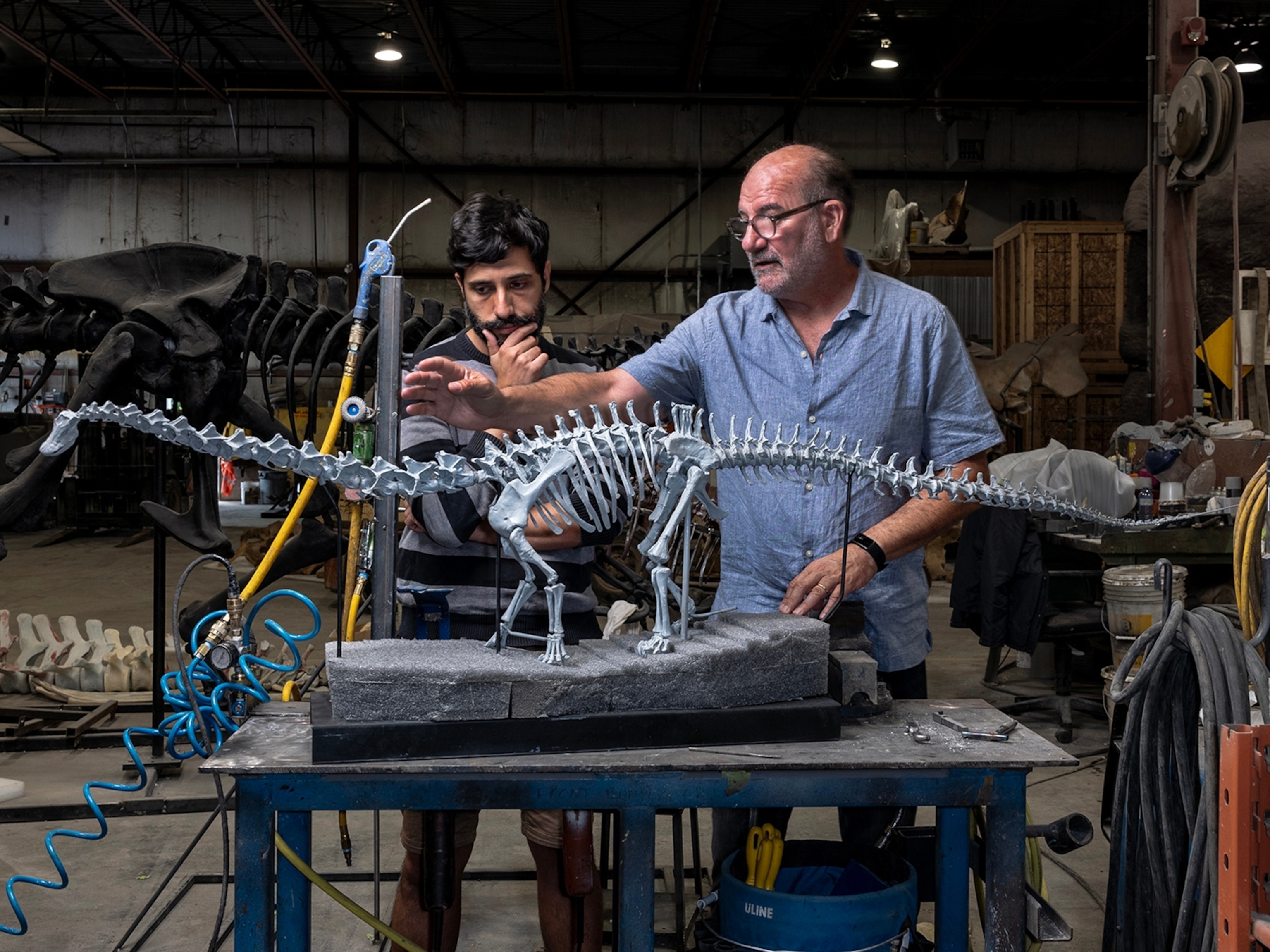23 Fossil Pictures Capture the Mystery and Beauty of Dinosaurs
Go digging for paleontology treasures in National Geographic's archives.
Fossilization is such a difficult and unlikely process that experts estimate fewer than one percent of all the animals that have ever lived have been preserved as fossils. Even fewer of those have been discovered by people—but the ones we do have offer a wealth of information about what life was like on Earth from tens of thousands to billions of years ago.
Fossils are the remains, impressions, or traces of ancient plants and animals—such as dinosaurs—that died under special conditions that preserved them in stone. What we most readily think of as fossils are the petrified skeletons of prehistoric creatures, in which the organic material has been replaced by minerals. But many fossils retain some of the original bone or other organic traces.
More dinosaur fossils are currently being discovered than at any point in history, with somewhere in the region of one new species named by scientists around the world every week. From Abelisaurus to Zuul, there are now more than 1,200 genera of dinosaurs, and more than three quarters of them have been described since 1990.
With exquisitely detailed fossils of feathered theropod dinosaurs continuing to come from China, ever-larger titanosaur sauropods being unearthed in Argentina, and remarkably complete horned dinosaurs emerging from the rocks of Canada and the United States, there are plenty of fantastic fossils to feast your eyes upon. Here, check out some of the most striking examples from the National Geographic archives.
